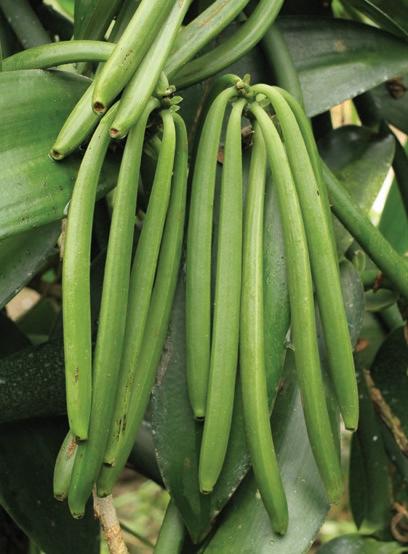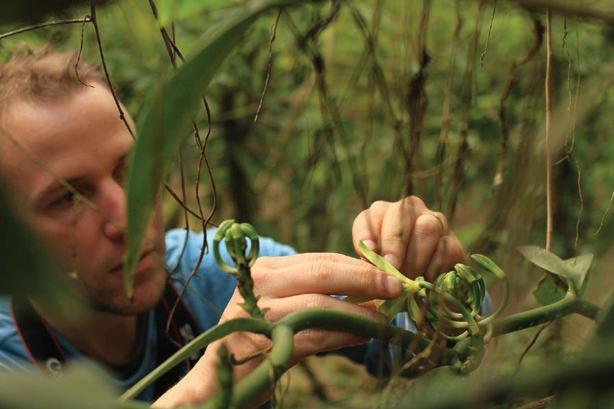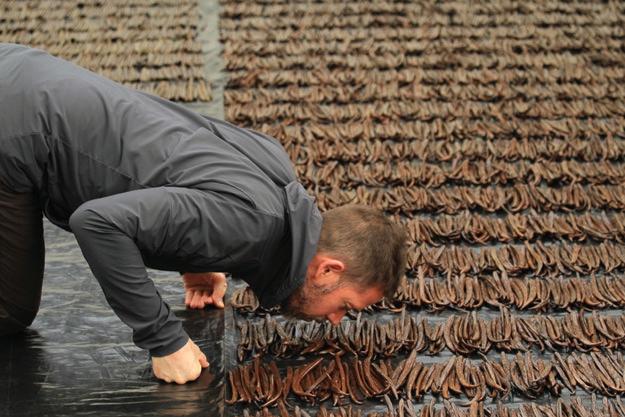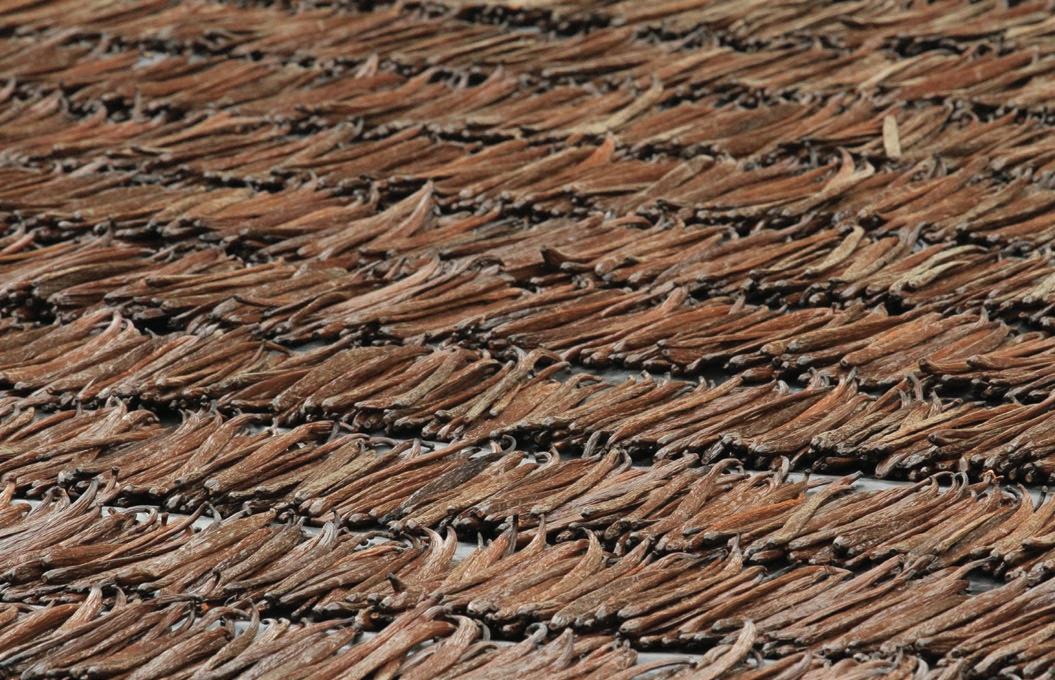
2 minute read
Sourcing Spotlight : Vanilla Bean
S O U R C I N G S P O T L I G H T
VANILLA BEAN
Advertisement
In 2018 Rishi buyers Victor, Mike and Joshua visited our vanilla farming partners in San Luis Potosí, Mexico, located in the Sierra Madre Mountains some 400 kilometers north of Mexico City. The team toured during the pollination season in March-April and again during the harvesting season in December. During these trips, our team learned the nuances involved in cultivating this incredibly seductive – and expensive – botanical.
San Luis Potosí is a gorgeous, biodiverse area. The vanilla we source there grows in a lush jungle, with mandarins and navel oranges interspersed throughout, making for lovely companions to support cross-pollination. Melipona bees and ants pollinate around half of the vanilla orchids growing there while the rest are pollinated by hand in a spectacular fashion.
That is because the vanilla plant is unable to self-pollinate and each vanilla orchid must be pollinated within 12 hours of opening or the flowers wither and fall off. If the flower is not pollinated then the fruit of vanilla (the seed pod or “bean”) will not develop. It becomes a race against time during the peak pollination season. The window of opportunity begins early in the day and ends by afternoon. The successfully pollinated orchids produce green beans that require eight to nine months of maturing before they can be harvested.
At our partners’ processing facility, the beans are first blanched to trigger enzymatic reactions responsible for flavor development. Then they undergo a period of sweating and drying to reduce the moisture content. The beans continue to cure and develop their signature, seductive aroma through enzymatic ripening. A rich, glossy aromatic oil saturates the beans from

within by the end of this curing period. By tradition, vanilla beans must be sundried through exposure to 30 full days of sun. Due to the natural variance of weather upholding this tradition could take a minimum of a month and up to three months. If there is a lack of sunshine the vanilla beans are dried indoors. The process is both an art and science. Through years of seasoned practice the producers know exactly when the vanilla is dry enough by touch and will only release the vanilla for export once this process has been completed. With such an intricate process of cultivation and curing, vanilla clocks in as the second most expensive “spice” in the world after saffron. For this reason, most food and beverage products have relied solely on artificial alternatives like vanillin, which claim to replicate the aroma and flavor of vanilla at a fraction of the cost. After witnessing the experience of vanilla hands-on, we know the extra cost is absolutely worth it for the exponentially richer, more distinctive and natural taste.












